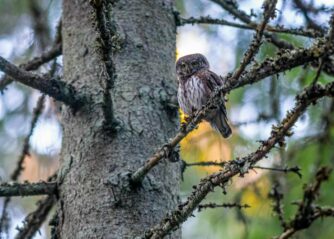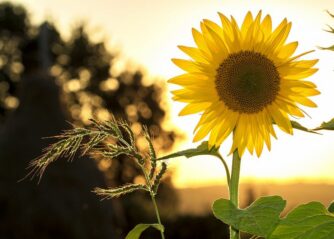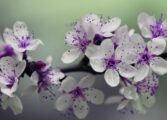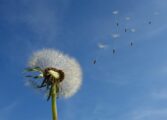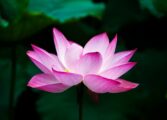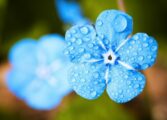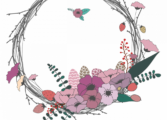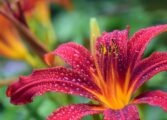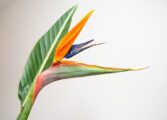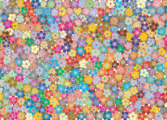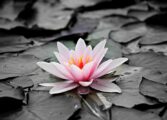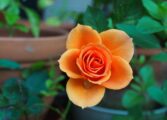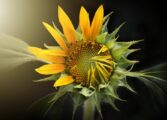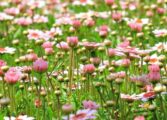All You Need to Know About Pelargonium Seeds
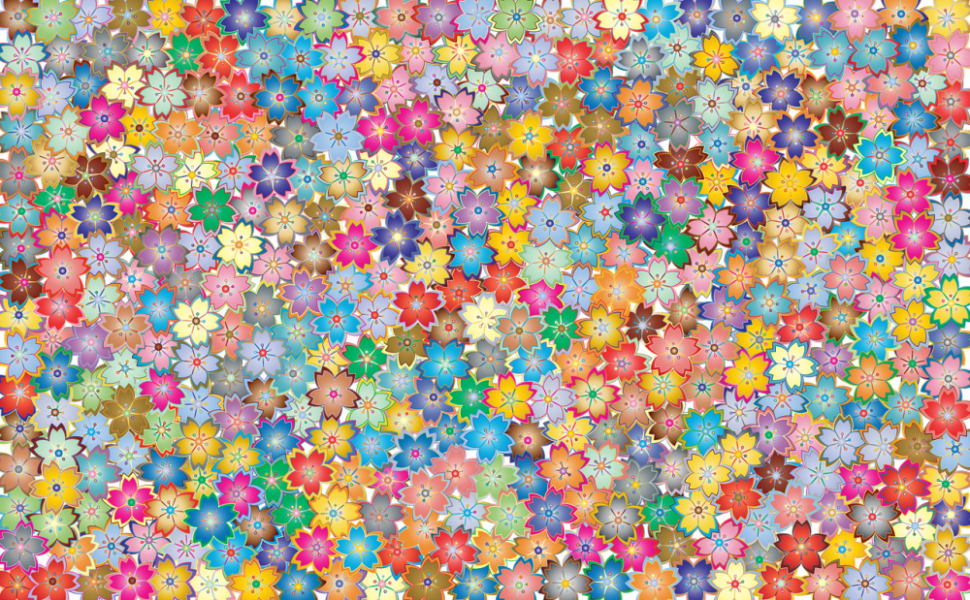
Introduction:
Pelargonium seeds, also known as pelargonium zonale or palettblad frön in Swedish, are a popular choice among gardening enthusiasts for their vibrant colors, easy cultivation, and low maintenance. In this comprehensive article, we will provide an in-depth overview of pelargonium seeds, including their types, popularity, quantitative measurements, variations, and historical advantages and disadvantages. By the end, you will have all the information you need to successfully grow and enjoy these beautiful plants.
1. An Overview of Pelargonium Seeds:
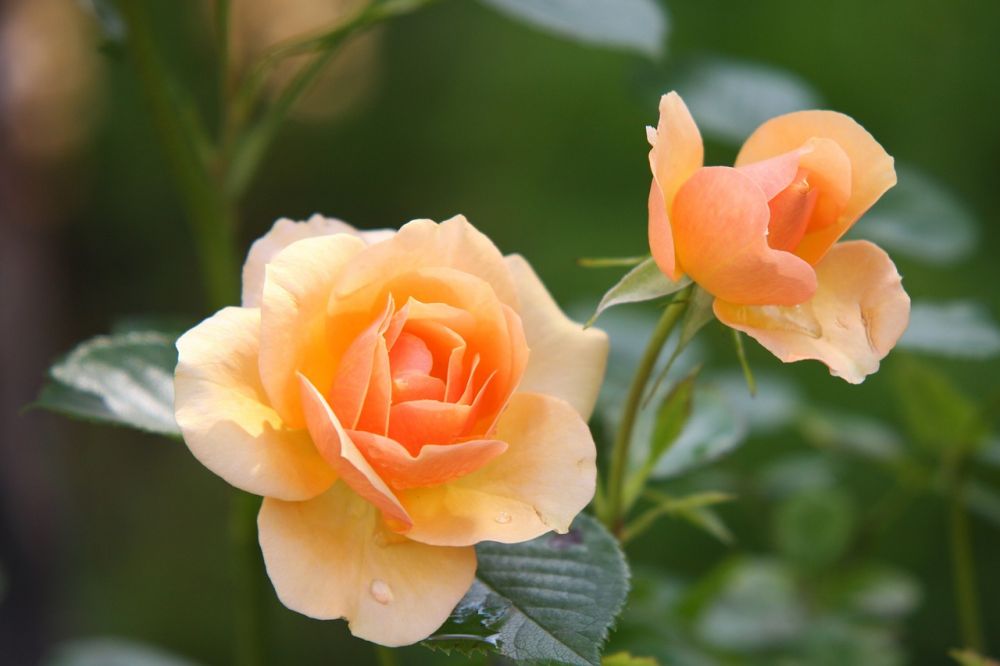
Pelargonium seeds are derived from the Pelargonium zonale species, which is a botanical name for a group of vibrant flowering plants that belong to the Geraniaceae family. These seeds are known for their unique leaf patterns and wide range of colors, making them a sought-after choice for gardeners worldwide. Pelargoniums are native to South Africa and were first introduced to Europe in the early 17th century.
2. Comprehensive Presentation of Pelargonium Seeds:
2.1 Types of Pelargonium Seeds:
There are several types of pelargonium seeds, each exhibiting distinctive characteristics. These include zonal pelargoniums, regal pelargoniums, ivy-leafed pelargoniums, angel pelargoniums, and scented-leaf pelargoniums. Each type offers its own charm and beauty, appealing to different preferences and gardening styles.
2.2 Popular Varieties:
Some popular pelargonium seed varieties worth mentioning are ’Mandevilla’, ’Black Velvet’, ’Tall Double Red’, ’Alba White’, ’Appleblossom Rosebud’, and ’Choc Mint’. These varieties showcase stunning color combinations, unique flower forms, and exquisite fragrances that enhance any garden or indoor space.
3. Quantitative Measurements of Pelargonium Seeds:
3.1 Growth Rate and Germination Time:
Pelargonium seeds typically have a germination period of 10-14 days, depending on the variety. The growth rate of the resulting plants varies between 6-10 centimeters per month, ensuring a relatively fast and rewarding gardening experience.
3.2 Flowering Period and Blooming Duration:
Pelargoniums bloom from late spring to early fall, providing a profusion of blossoms throughout this period. The flowers usually last for several weeks, offering an extended period of enjoyment and aesthetics.
4. Comparison of Different Pelargonium Seed Variations:
4.1 Leaf Patterns and Colors:
Different pelargonium seed variations showcase a wide array of leaf patterns, including variegated, zoned, and patterned leaves. The colors range from vibrant reds and pinks to soothing whites and pastels, ensuring options for every taste and style.
4.2 Growth Habit:
While some pelargoniums have a bushy and compact growth habit, others develop trailing or climbing vines. Understanding these variations will help gardeners choose the appropriate type based on their desired plant structure.
5. Historical Overview of Advantages and Disadvantages:
5.1 Advantages:
Historically, pelargonium seeds have been favored for their resilience, pest resistance, and ability to thrive in different climates. They are also known for their long blooming period, making them ideal for adding color in gardens or indoor settings.
5.2 Disadvantages:
Despite their numerous advantages, pelargonium seeds have struggled with certain challenges over time. These include susceptibility to fungal diseases, inadequate cold tolerance, and specific varieties’ limited ability to withstand harsh weather conditions.
Conclusion:
Pelargonium seeds, or palettblad frön, have gained popularity for their vibrant colors, stunning leaf patterns, and easy maintenance. By understanding their varieties, quantitative measurements, variations, and historical advantages and disadvantages, gardeners can make well-informed decisions when choosing and cultivating these beautiful plants. Whether you are a seasoned gardener or a beginner, pelargonium seeds offer endless possibilities for creating visually captivating green spaces. So get ready to take your gardening skills to the next level with these exquisite plants.
References:
1. ”Discover the Beauty of Pelargonium Zonale.” (source)
2. ”The Complete Guide to Pelargonium Seeds.” (source)
3. ”Gardening Tips for Successful Pelargonium Cultivation.” (source)


